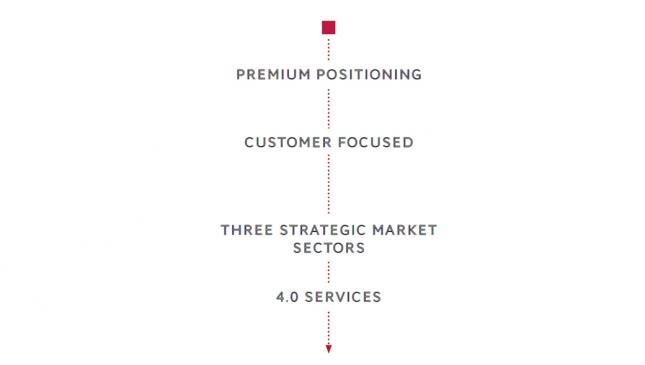The Lectra 4.0 strategy was launched in 2017 with the aim of positioning Lectra as a key Industry 4.0 player in its markets before 2030. It has been implemented to date through two consecutive strategic roadmaps.
The first roadmap, for 2017-2019, established the key fundamentals for the future of the Group. These included the successful integration into its new offers of the key new technologies for Industry 4.0 (cloud computing, the Internet of Things, big data and artificial intelligence), the strengthening of the Executive Committee, the reorganization of subsidiaries into four main regions, and the launch of the first software offers in SaaS mode.
The second roadmap, for 2020-2022, was published in the financial report dated February 11, 2020. It will enable Lectra to capture the full potential of its new offers for Industry 4.0, while delivering sustainable, profitable business growth.
Despite the consequences of the economic crisis caused by the COVID-19 pandemic (see chapter 1), most of the objectives of the 2020-2022 strategic roadmap remain unchanged, particularly the acceleration towards Industry 4.0. The only adjustments to the original objectives are in the growth targets for the end of the three-year period – particularly following the proposed acquisition of the company Gerber Technology. The Lectra 4.0 strategy, and each of the chapters in the strategic roadmap for 2020-2022, are summarized below, followed by the first progress report on the related actions implemented in 2020

